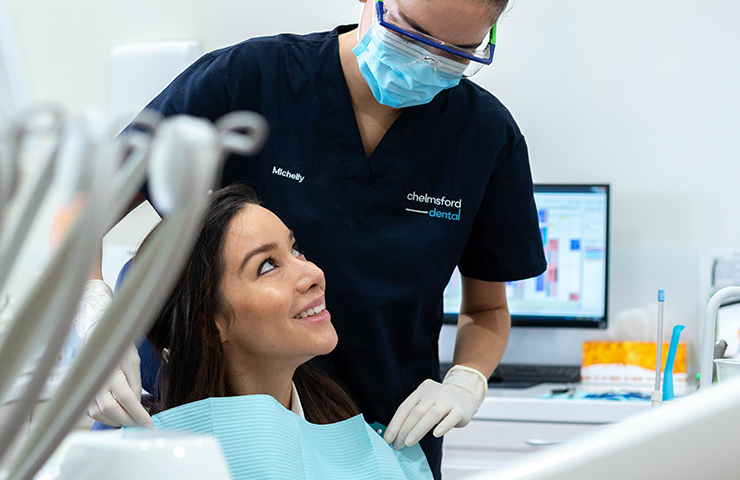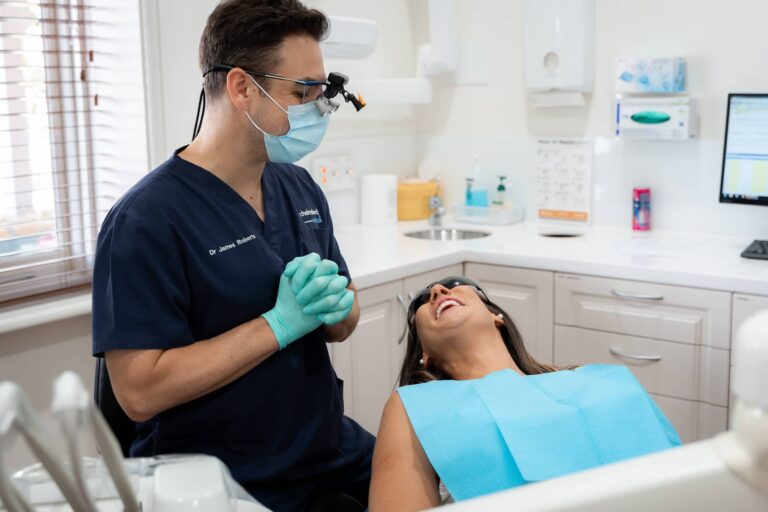Dental decay can lead to damage and pain, but our team of experts at Chelmsford Dental is here to help you regain your oral health.
When a tooth is compromised by decay (known as a cavity), a filling is used to repair the damage and prevent bacteria from entering the tooth. The damaged area is removed and “filled” using a variety of different materials.
Fillings are also used to repair broken or cracked teeth or teeth that have been worn down from misuse (such as tooth-grinding or nail-biting).

There are several different types of fillings:

Good news: thanks to modern anesthetics, getting a filling is virtually painless! First, the tooth and the surrounding area is numbed. Next, any decay is removed using a high-speed dental handpiece. The goal is to leave as much of the natural tooth structure intact as possible.
The cavity is then disinfected and dried before the filling material (most often composite resin) is put in place. After the material is hardened, it is adjusted to match your bite and polished to look and feel like a natural tooth.
Our staff are more than happy to answer any questions or queries you may have.
Fillings are under constant stress in a wet, warm environment that is surrounded by bacteria. Because of this, the average lifespan of a filling is about 10 years. Occasionally, a filling may fall out, break, or crack. The key to maintaining a filling is good oral hygiene and regular check-ups with your dentist.
When a filling is placed, it is recommended to avoid eating or drinking until the anesthesia wears off (usually within three hours). During the first week following the procedure, hot or cold drinks may cause sensitivity.
If you experience any pain or the new filling does not feel right, please contact your dentist as it may require a simple adjustment.